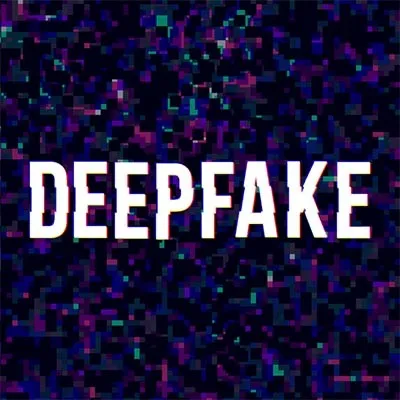Artificial intelligence has become omnipresent in our lives: It offers recommendations about what to purchase straight away, suggests films, gives us insights on traffic patterns, and even customizes advertisements on the web. The most recent expansion to everyday interactions with AI is deepfakes, which are hyper-realistic AI-generated images and videos. In spite of the fact that they’re not genuine — “fake” is in the name, all things considered — individuals can struggle to recognize the deepfakes from authentic pictures.
Likewise, the number of profound learning applications for the field of AI-produced pictures and videos is growing. The present AI-generated images are regularly utilized for aesthetic purposes. In this regard, they’re much the same as computer-generated images, which are likewise utilized in an aesthetic way. Regardless of this, numerous projects that are currently in progress are trying to make persuading portrayals regarding real people and objects, which could profoundly affect individuals’ everyday lives.
The Danger of Deepfakes
In recent years, deepfakes have entered mainstream consciousness, obscuring the line between real and fake media. As innovation improves, it takes steps to have that effect completely disjointed. Particularly confusing may have been the President Barack Obama deepfake made by Jordan Peele, which filled in as a prologue to the universe of deepfakes for some individuals not as of now submerged in the innovation. The Obama deepfake looked especially persuading and recommended we should think more about our own security with regards to AI-produced content. Deepfakes represent another, conceivably darker side of what may occur if cutting-edge technology were uninhibitedly accessible to anybody: large-scale, malicious use of fake images for disinformation and malware.
While it’s impractical to thoroughly prevent the spread of deepfake content, the latest generation of the technology speaks to a potential danger to the latest generation of the technology. Subsequently, companies that utilization deepfake content should take a cautious, conscious approach to deal with stop the misuse of these techniques. On the large scale level, this may likewise incorporate governmental guidelines identified with obligation for spreading falsehood. Shoppers should know about how the technology functions and how to spot generated images.
#artificial intelligence #latest news
